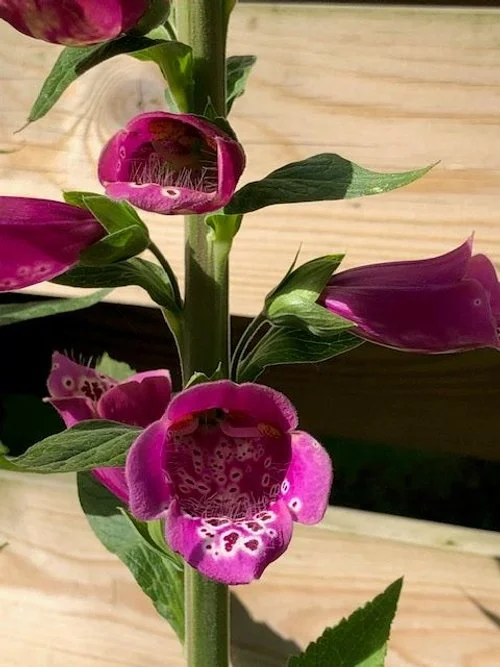Which Medicines Worked?
Pansy
When John Keats trained as an apothecary, medicines were made from plants, heavy metals or other natural products, not synthesized as many are today. Medicine in that time may seem very primitive compared to now, but there were some medicines we would recognise today and still use.
Foxglove had traditionally been used in herbal remedies for heart conditions. The physician William Withering conducted trials on patients and in 1785 published his results. Digoxin, the active ingredient, works but can be toxic. It is used to regulate the human pulse, especially to slow down fast atrial fibrillation. It’s also a positive inotrope, making the heart beat more strongly so is used in heart failure. I prescribed it often when I was a junior doctor, but it is used less today as there are safer drugs now available.
Opium has been used for thousands of years. It is made by cutting or scratching the unripe seedpods of the opium poppy Papaver Somniferum. The milky fluid or latex which seeps out is left to dry then scraped off and dried to a powder. Laudanum was a tincture of opium, ie dissolved in strong alcohol. Opium is a highly effective analgesic but addictive and dangerous in overdose.
Colchicine is harvested from the bulb-like corms of the autumn crocus plant Colchinum autumnale. It is used to treat gout, but in high doses it causes nausea and vomiting. It is still used today for patients intolerant of other treatments.
Cinchona is a genus of flowering shrubs from South America. Its bark was used to make quinine, to treat malaria. Today there are more effective treatments for malaria, but it is sometimes used for leg cramps, although there isn’t strong evidence it helps.
Many of the traditional remedies may also have worked. We now recognise St Johns Wort can help with depression, peppermint oil with abdominal bloating and oil of evening primrose with eczema. Pansy soothes and moisturises skin.
Then there is also of course the placebo effect, which even today plays a large role!
Foxglove

